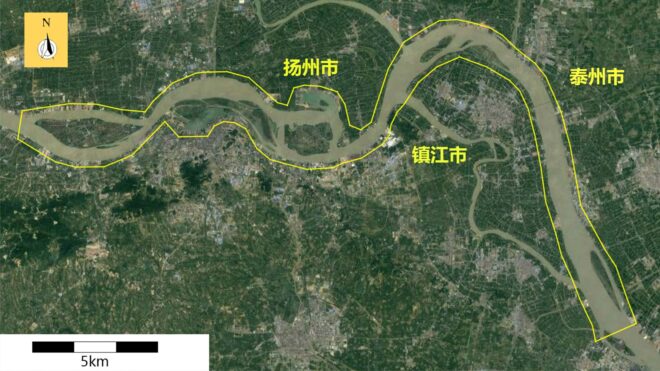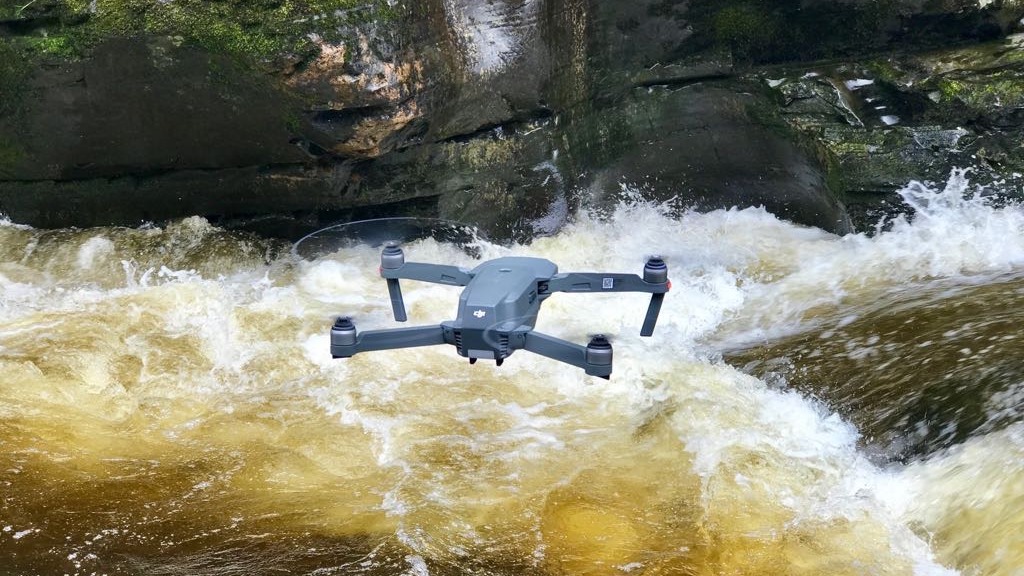How Do I Capture Drone Photos Of Waterways And Rivers?
Do you love capturing breathtaking images of waterways and rivers from above? Using a drone can take your photography to new heights (literally)! In this article, we’ll explore the tips and tricks for capturing stunning drone photos of waterways and rivers.
This image is property of images.ctfassets.net.
Choosing the Right Drone
When it comes to capturing drone photos of waterways and rivers, choosing the right drone is crucial. Look for a drone that has a high-quality camera with good resolution and image stabilization. Make sure the drone has a decent flight time and a reliable GPS system for better control.
Selecting the Best Time to Fly
The best time to capture drone photos of waterways and rivers is during the early morning or late evening when the light is soft and warm. This will give your photos a more dramatic and visually appealing look. Avoid flying in harsh sunlight as it can create harsh shadows and overexposed areas in your photos.
Understanding Rules and Regulations
Before you take your drone out for a flight, make sure you understand the rules and regulations regarding drone flying in your area. Some areas may have restrictions on flying drones near waterways and rivers, so always check with local authorities before taking off.
Planning Your Flight Path
When planning your flight path for capturing drone photos of waterways and rivers, consider the wind direction and speed. Fly against the wind to reduce the chances of blurry or distorted photos. Also, plan your flight path in a way that allows you to capture different angles and perspectives of the waterway.
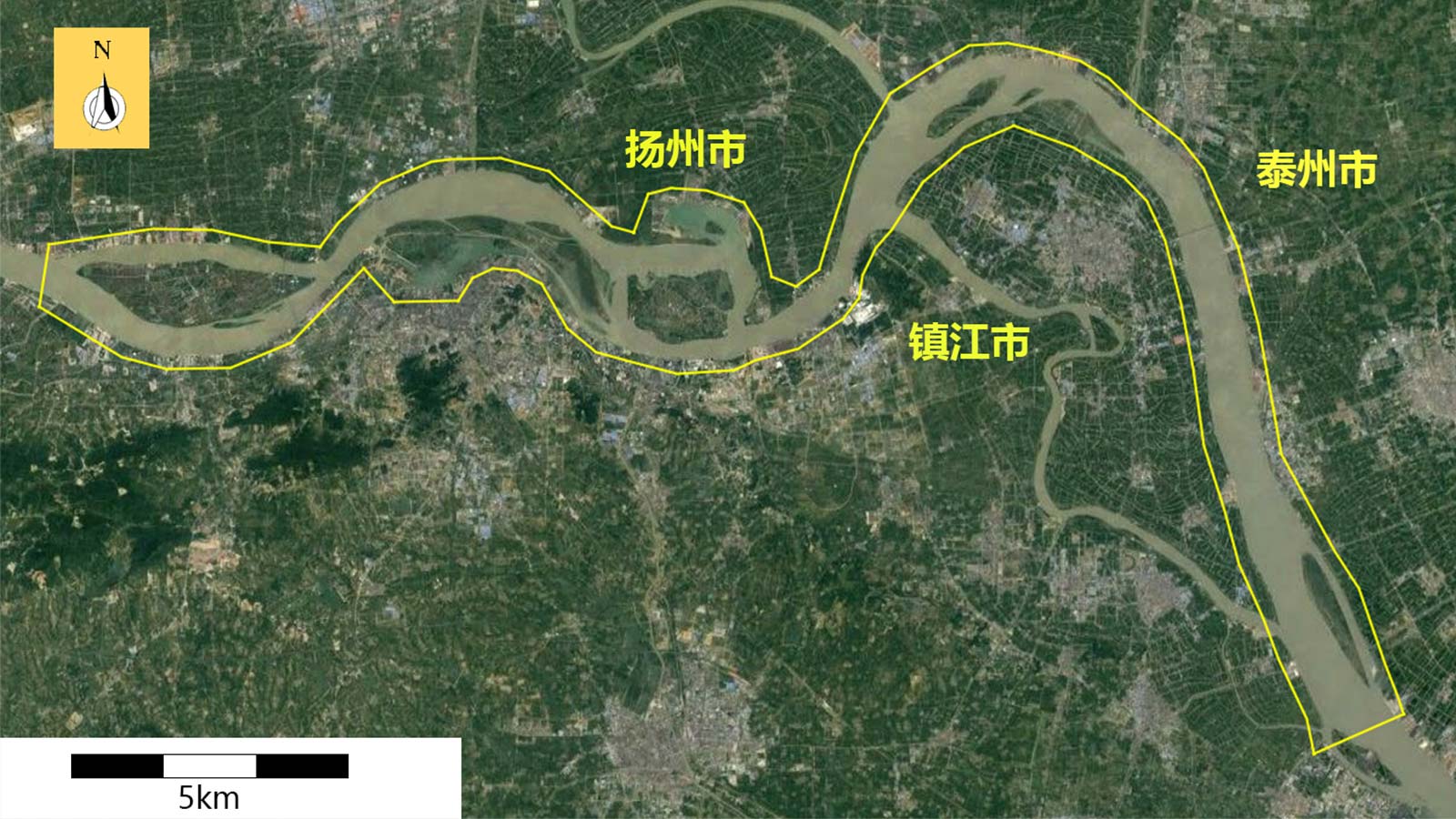
This image is property of images.ctfassets.net.
Adjusting Camera Settings
To capture stunning drone photos of waterways and rivers, you’ll need to adjust your camera settings accordingly. Set your ISO to the lowest possible setting to reduce noise in your photos. Adjust your aperture to get the desired depth of field, and play around with the shutter speed to capture motion blur or freeze action.
Using Polarizing Filters
Polarizing filters are a must-have accessory when capturing drone photos of waterways and rivers. These filters help reduce glare and reflections on the water surface, making your photos look more vibrant and clear. Experiment with different polarizing filters to find the one that works best for the lighting conditions.
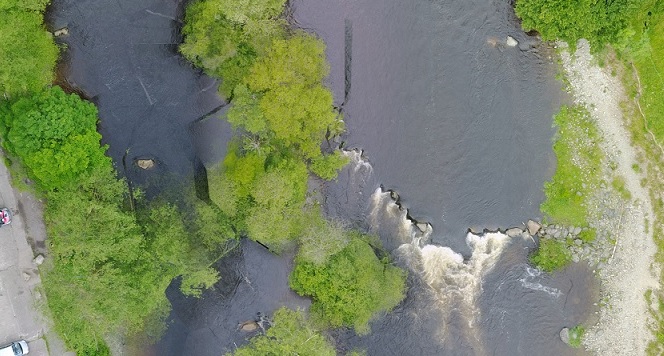
This image is property of images.ctfassets.net.
Flying at the Right Altitude
The altitude at which you fly your drone can greatly impact the composition of your photos. When capturing waterways and rivers, try flying at a lower altitude to get a closer look at the details and textures of the water. Flying too high may result in photos that lack depth and detail.
Utilizing the Rule of Thirds
The rule of thirds is a common composition technique used in photography to create visually appealing images. When capturing drone photos of waterways and rivers, position key elements such as the riverbank or bridges along the imaginary gridlines to create a balanced and dynamic composition.

This image is property of www.engineerswithdrones.ie.
Experimenting with Different Angles
Don’t be afraid to experiment with different angles and perspectives when capturing drone photos of waterways and rivers. Fly your drone from different heights and positions to discover unique vantage points that showcase the beauty of the waterway. Get creative with your compositions and try shooting from above or below the water surface.
Incorporating Leading Lines
Leading lines are a powerful compositional tool that can guide the viewer’s eye through your photos. When capturing drone photos of waterways and rivers, look for natural leading lines such as riverbanks, bridges, or reflections on the water. Use these lines to create depth and visual interest in your photos.
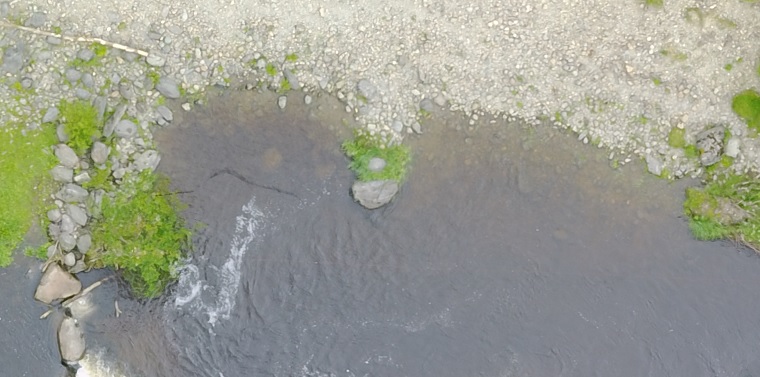
This image is property of images.ctfassets.net.
Avoiding Overexposure and Underexposure
Proper exposure is key to capturing high-quality drone photos of waterways and rivers. Avoid overexposing or underexposing your photos by adjusting your camera settings accordingly. Use the histogram display on your drone’s controller to ensure that your photos are well-exposed and balanced.
Post-Processing Your Photos
After capturing drone photos of waterways and rivers, take the time to post-process your images to enhance their quality and visual appeal. Use photo editing software to adjust the exposure, contrast, and colors of your photos. Crop, straighten, and sharpen your images to create professional-looking results.
Sharing Your Drone Photos
Once you’ve captured stunning drone photos of waterways and rivers, don’t keep them to yourself! Share your images on social media platforms or photography websites to showcase your talent and creativity. Engage with other drone enthusiasts and photographers to get feedback and inspiration for your future projects.
Conclusion
Capturing drone photos of waterways and rivers can be a rewarding and exhilarating experience. By following the tips and tricks outlined in this article, you can take your drone photography skills to the next level and create breathtaking images that will leave a lasting impression. So grab your drone, head out to your favorite waterway, and start capturing amazing aerial photos today!

